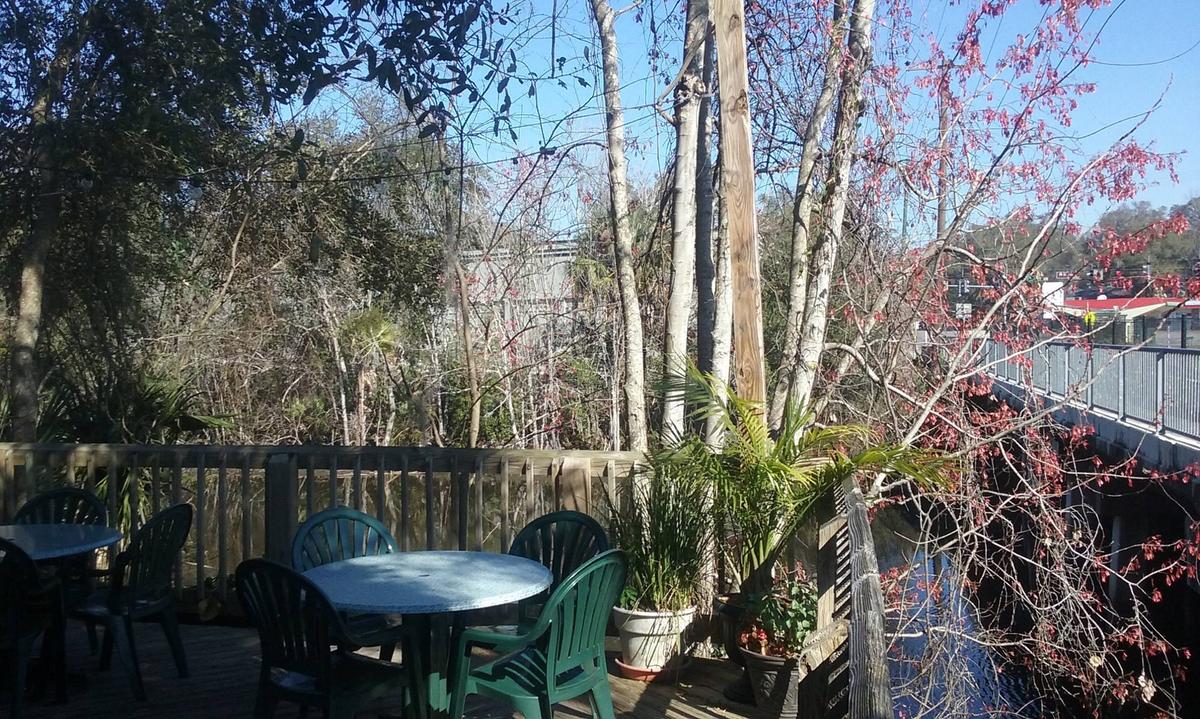

Earl's Court's only hospital was opened in 1887 on the corner of Old Brompton Road and Finborough Road. Eardley Crescent and Kempsford Gardens were built between 18, building began in Earl's Court Square and Longridge Road in 1873, in Nevern Place in 1874, in Trebovir Road and Philbeach Gardens in 1876 and Nevern Square in 1880. In the quarter century after 1867, Earl's Court was transformed into a loosely populated Middlesex suburb and in the 1890s a more dense parish with 1,200 houses and two churches. It was consecrated by Charles James Blomfield, Bishop of London, in June 1840, and is now one of Britain's oldest and most distinguished garden cemeteries, served by the adjacent West Brompton station. After two years the cemetery was duly established by Act of Parliament and laid out in 1839, it opened in 1840, originally as the West of London and Westminster Cemetery. Securing the land – some 40 acres – from local landowner Lord Kensington and the Equitable Gas Light Company, as well as raising the money, proved an extended challenge. It was necessary to form a company in order to get parliamentary permission to raise capital for the proposal. The moving spirit behind the project was the engineer, Stephen Geary. In 1837 a decision was made to lay out a new burial ground on the edge of Earl's Court in an outlying area of Brompton. Meanwhile, the congestion apparent in London and Middlesex for burials at the start of the century was causing public concern not least on health grounds. The original catalyst for development was the ill-fated vanity project by Lord Kensington (died 1852), which consisted of the two-mile conversion of the insanitary Counter's Creek into the Kensington Canal (1826 onwards), followed by its eventual replacement first by " Mr Punch's railway", opened in 1844 and next, by the Metropolitan District Railway in 1865–69, which eventually became London Underground's District Line and was joined after 1907 by the Piccadilly line. When Edward Henry Rich, 9th Baron Rich, 7th Earl of Warwick and 4th Earl of Holland died young in 1721, the assets including the Jacobean Holland House, passed by marriage to the Edwardes family.ġ9th century Brompton Cemetery and the Kensington Canal by William Cowen Philbeach Gardens, Earl's Court, c1875, with St. The name Earl's Court likely came from the fact that for a long time the owners of the land were an old English noble family, the Rich family and they were the earls of Warwick. Earl's Court Farm is visible on Greenwood's map of London dated 1827. The earls held their manorial court where the Old Manor Yard is now, just by Earl's Court tube station, eastern entrance. A church had been constructed there by 1104. By circa 1095, his tenure had been converted, and he held Kensington directly from the crown. For over 500 years the land, part of the ancient manor of Kensington, was under the lordship of the de Vere family, the Earls of Oxford, descendants of Aubrey de Vere I, who held the manor of Geoffrey de Montbray, bishop of Coutances, according to the Domesday Book 1086. The Saxon Thegn Edwin held the lordship of the area prior to the Norman conquest. History Early history Earl's Court and environs A map showing the Earl's Court ward of Kensington Metropolitan Borough as it appeared in 1916Įarl's Court was once a rural area, covered in orchards, green fields and market gardens. Its population at the 2011 census was 9,104. In practice, the notion of Earl's Court, which is geographically confined to the SW5 postal district, tends to apply beyond its boundary to parts of the neighbouring Fulham area with its SW6 and W14 postcodes to the west, and to adjacent streets in postcodes SW7, SW10 and W8 in Kensington and Chelsea.Įarl's Court is also an electoral ward of the local authority, Kensington and Chelsea London Borough Council.

It lent its name to the now defunct eponymous pleasure grounds opened in 1887 followed by the pre–World War II Earls Court Exhibition Centre, as one of the country's largest indoor arenas and a popular concert venue, until its closure in 2014. Wikimedia Commons has media related to Earls Court.Įarl's Court is a district of Kensington in the Royal Borough of Kensington and Chelsea in West London, bordering the rail tracks of the West London line and District line that separate it from the ancient borough of Fulham to the west, the sub-districts of South Kensington to the east, Chelsea to the south and Kensington to the northeast.


 0 kommentar(er)
0 kommentar(er)
